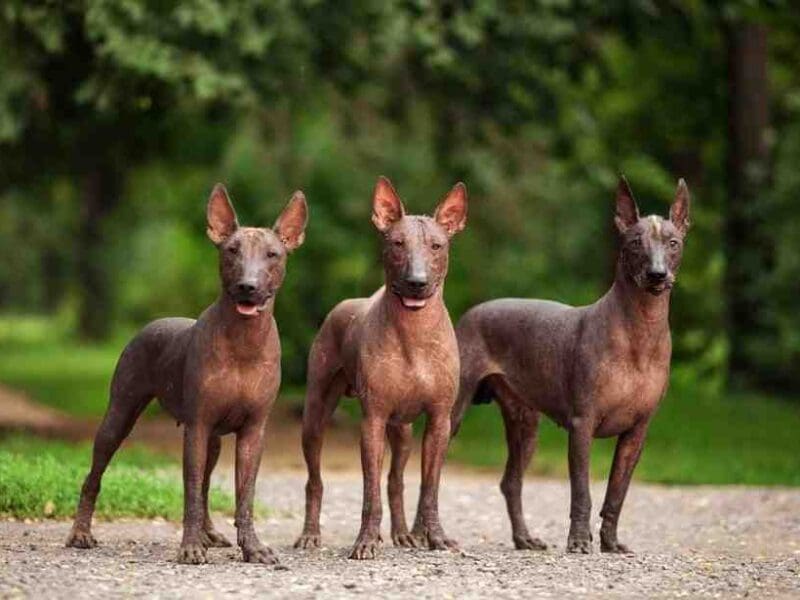
The best boys: We now know singing dogs aren’t extinct after all
Looking for some good news? Well, we’ve got some for you. New Guinea was known for having a very unique type of dog peer colloquially referred to as the singing dog. This canine was thought to have gone extinct decades ago, however researchers have recently announced they’ve found a pack wandering about living their best lives.
Singing dogs, while thought to no longer exist in the nature of New Guinea, do exist in a few zoos as part of conservation. It’s estimated there are about 200 – 300 in captivity today. Many of these zoos are within the U.S.
So, what exactly is a singing dog, why were they thought to be extinct, and why do we only think we’ve found some more? Let’s walk through it all.

What is a singing dog?
New Guinea’s singing dog, unsurprisingly, gets its name from the communicative howl they utilize – theirs is sometimes referred to as a “yodel”. While to most people’s ears a singing dog’s howl (or yodel) will sound similar to other kinds of dogs you may be familiar with, such as wolves, dingoes, or even domestic dogs, when analyzing a sonogram of the singing dog their yodel resembles the call of a humpback whale.
Singing dogs have tan coats, stand 2.4 to 3 feet high, and prefer habitats that are either forests or mountains. Singing dogs are also known for being surprisingly agile and flexible for a canine due to using steep hunting grounds filled with vegetation. Some liken their flexibility to that of a cat.

Mother singing dogs usually give birth to about four pups at a time, and mated pairs are believed to defend their own territory & stick with their family. It’s also believed that these dogs actually hunt on their own – which is unusual since most dogs will hunt in packs.
When singing, these dogs will raise & lower their tone, and best of all, in a group, the other dogs will join in with their own distinct pitches. While most humans likely won’t notice it, each dog has their own unique singing voice. Of course, howling yodels are not the only sound these dogs make, they also have the usual yelps, barks, and occasional screams just like any other dog.

Not extinct after all
Singing dogs were first studied back in 1897, though no singing dogs have been spotted in the wild since the 1970s. However, in 2016 a group of scientists were on an expedition in New Guinea when they spotted a group of dogs resembling singing dogs. They’re being called an “ancestral dog population”.
After years of tracking the wild dogs and analyzing photos, fecal samples, and eventually even blood samples from the pack of 15 dogs scientists believe the canines are very related to the dogs still in captivity.

The genomes between the wild dogs and captive dogs were sequenced & they were discovered to be remarkably similar. While there are differences, scientists say not to discount the idea they’re the same breed. The captive dogs are all descended from about eight captive dogs from decades ago, which has led to a lack of genetic variation due to inbreeding to keep the dogs alive. The differences in the genomes could potentially be solely due to human intervention and a lack of genetic diversity.
Scientists are also interested in this new development because the study of these singing dogs, who are happily not extinct (though are certainly endangered) could help researchers learn more about human vocalizations since humans and canines are more biologically similar than many other animals.







